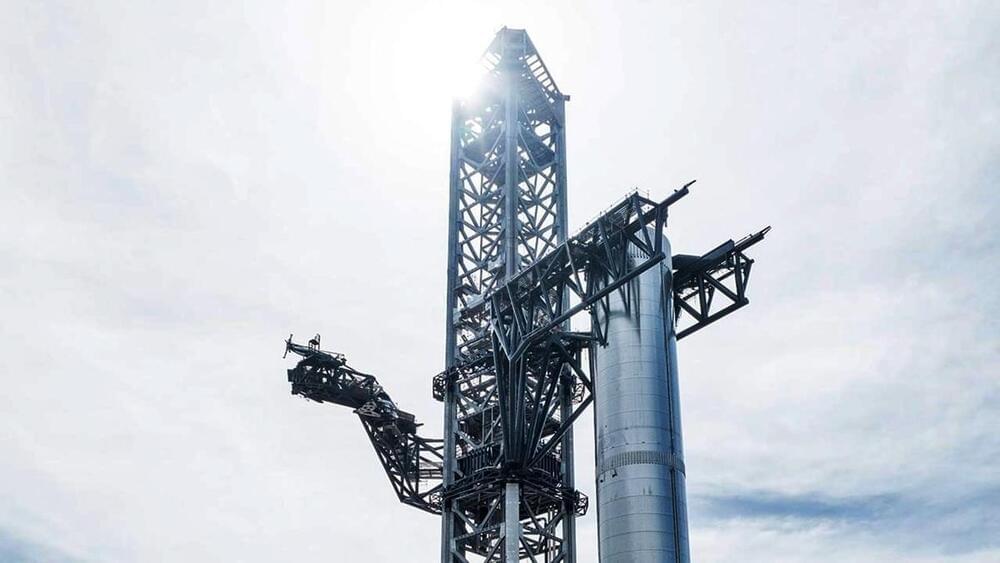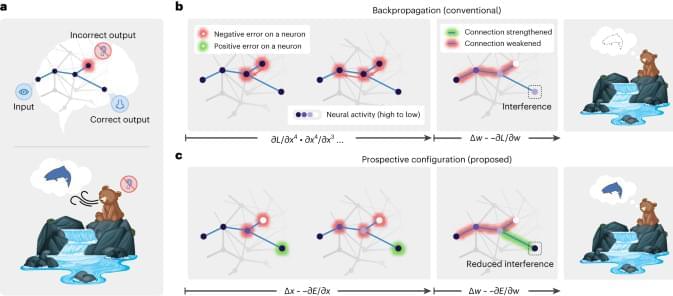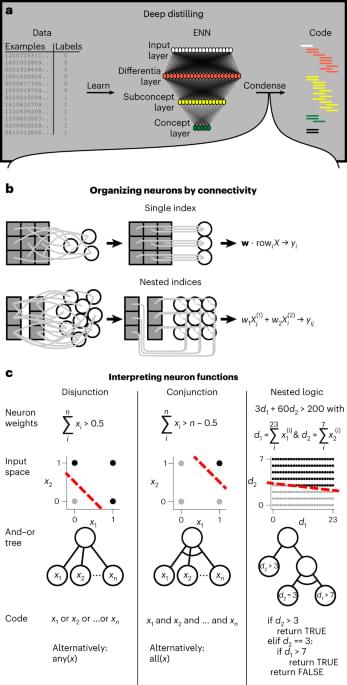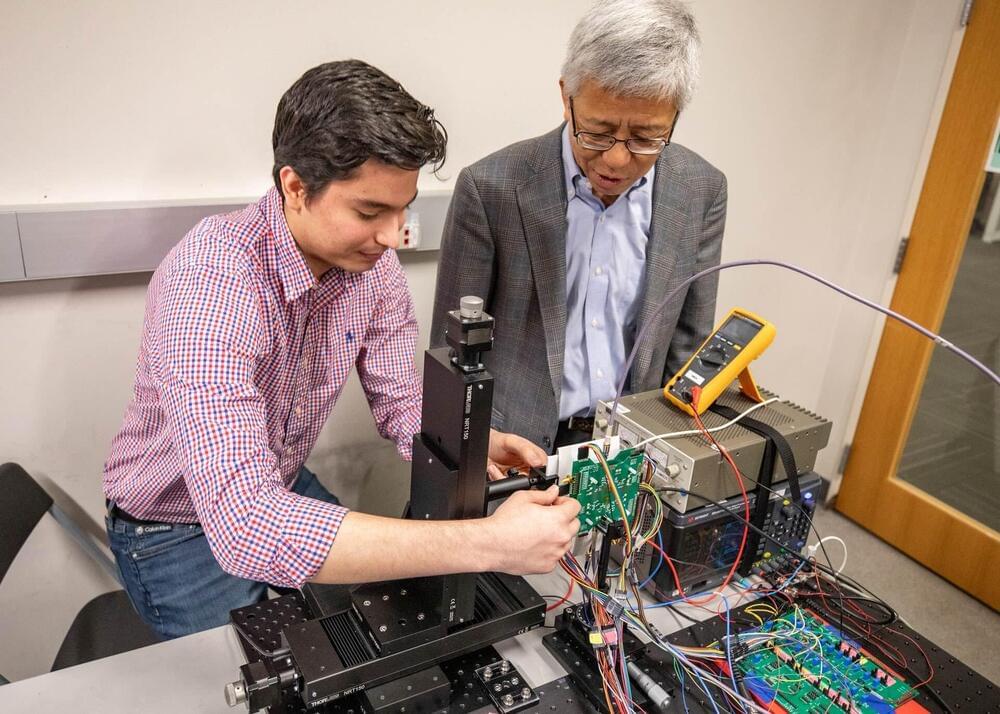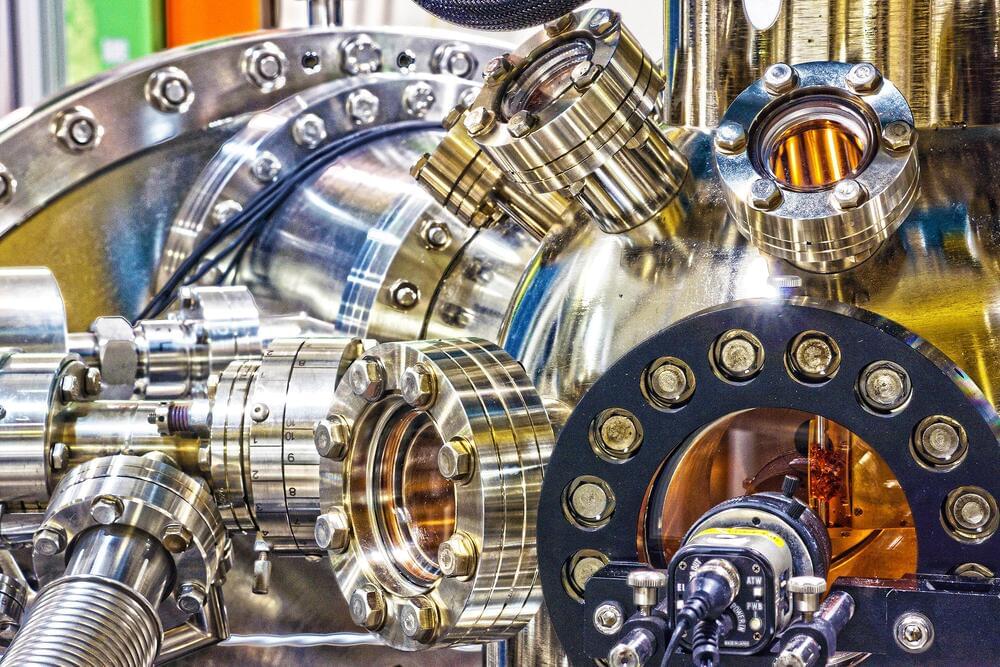The path to quantum supremacy is complicated by a fairy tale challenge – how do you carry a cloud without changing its shape?
The potential solution sounds almost as fantastical as the problem. You could guide the cloud to dance as it travels, to the beat of a unique material known as a time crystal.
Krzysztof Giergiel and Krzysztof Sacha from Jagiellonian University in Poland and Peter Hannaford from Swinburne University of Technology in Australia propose a novel kind of ‘time’ circuit might be up to the task of preserving the nebulous states of qubits as they’re carried through tempests of quantum logic.

